
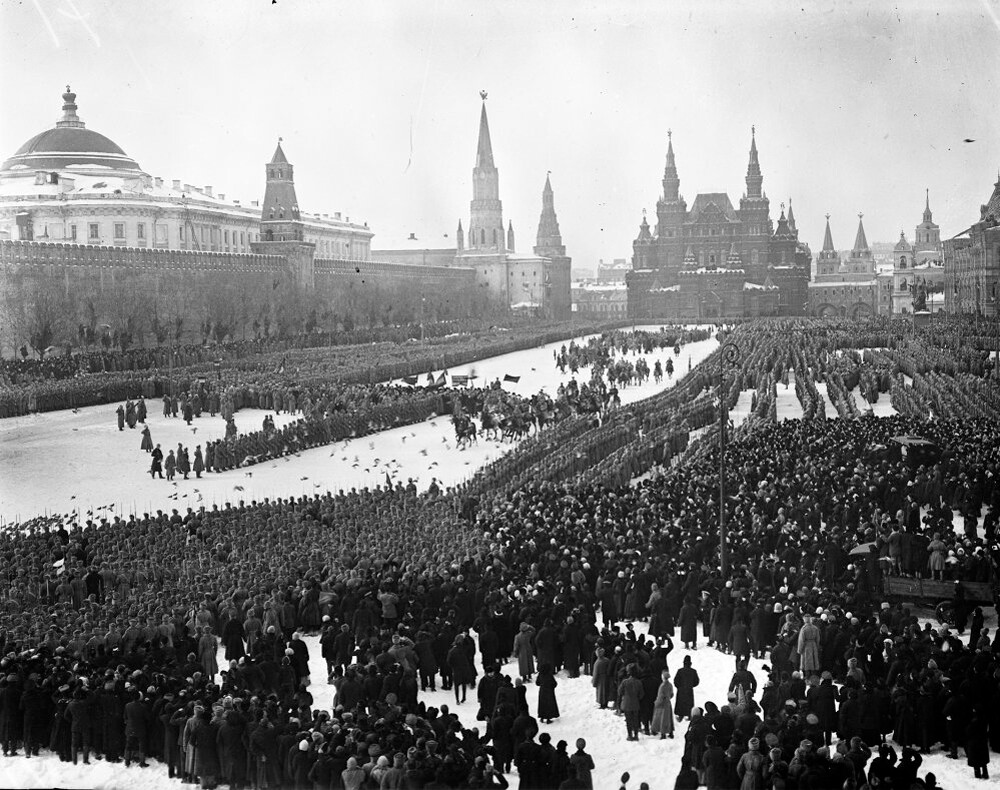
In just nine months during 1917 there were two revolutions in Russia that changed the fate of the country forever. In February, the Tsarist system collapsed and power was seized by Bolshevik revolutionaries. The grandson of a former serf, Vladimir Lenin, became (almost accidentally) the leader of the world’s first socialist state.
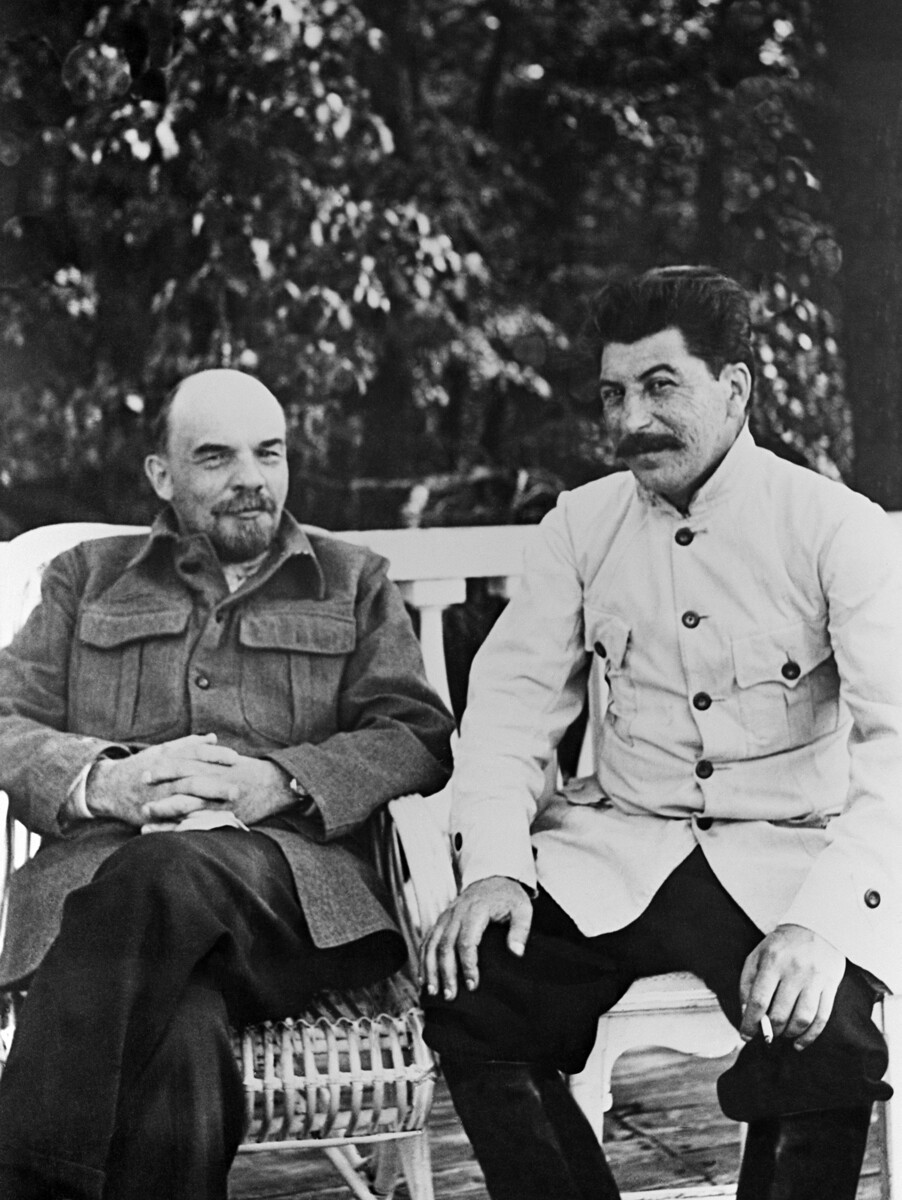
Vladimir Ilyich Lenin and Joseph Vissarionovich Stalin in Gorki, 1922
SputnikLenin’s vision was to create the USSR as a union of independent republics with equal rights, and which would serve as a foundation for the future unity of all socialist countries across the globe. He was strongly against the idea of a centralized state, calling it anti-democratic. But in the end, Stalin triumphed with his plan to turn the USSR into a centralized authoritarian state.
In 1928, the USSR launched its industrialization program, introducing a five-year plan that was supposed to boost the economy. The plan was fulfilled in four years, which had colossal propaganda value, but it also required squeezing the Soviet people as they faced shortages of basic goods, as well as severe labor discipline that meted out harsh punishment for even the smallest infraction.
Read more: The human cost of Soviet five-year plans
With the beginning of industrialization, people moved to the cities en masse. The fields were left abandoned, and there were shortages of workers in rural areas. All of this provoked a famine throughout the country. It became clear that kolkhozes (collective state farms) should be turned into strategic assets. The state promoted agriculture, romanticizing it through posters and cinema. Abolishing private farms, the Soviet Union’s goal was to turn kolkhozes into major centers of food production. The state exercised strict control over these farms and everything that they produced, confiscating most of it in order to feed the cities.

To revive the country after the years of civil war, Soviet citizens were strongly encouraged to be healthy and athletic. Hence, sports were promoted from early childhood. The cult of sports reached its peak in the USSR in the 1930s, when mass and extravagant athletics parades were held on Red Square.
When the Bolsheviks took power, Russia was largely an illiterate country. Universal free education became one of the most important social programs.

To have your own dacha was a Soviet dream. These summer homes often had no water supply or sewage, featured a minimum of amenities, and stood empty and cold for the majority of the year. But it was precisely in such a place that Soviet people felt truly happy.
“Thank you, Comrade Stalin, for our happy childhood!” This phrase was said for the first time at a Red Square athletics parade in 1936, and soon it turned into one of the most powerful propaganda slogans. As for the ‘happy childhood’, it wasn’t far from the truth. Soviet kids didn’t have fancy gadgets and, overall, not many toys. So, they spent a lot of time outside, played team games and had the chance to join a variety of clubs. Press here to learn more about childhood in the USSR.
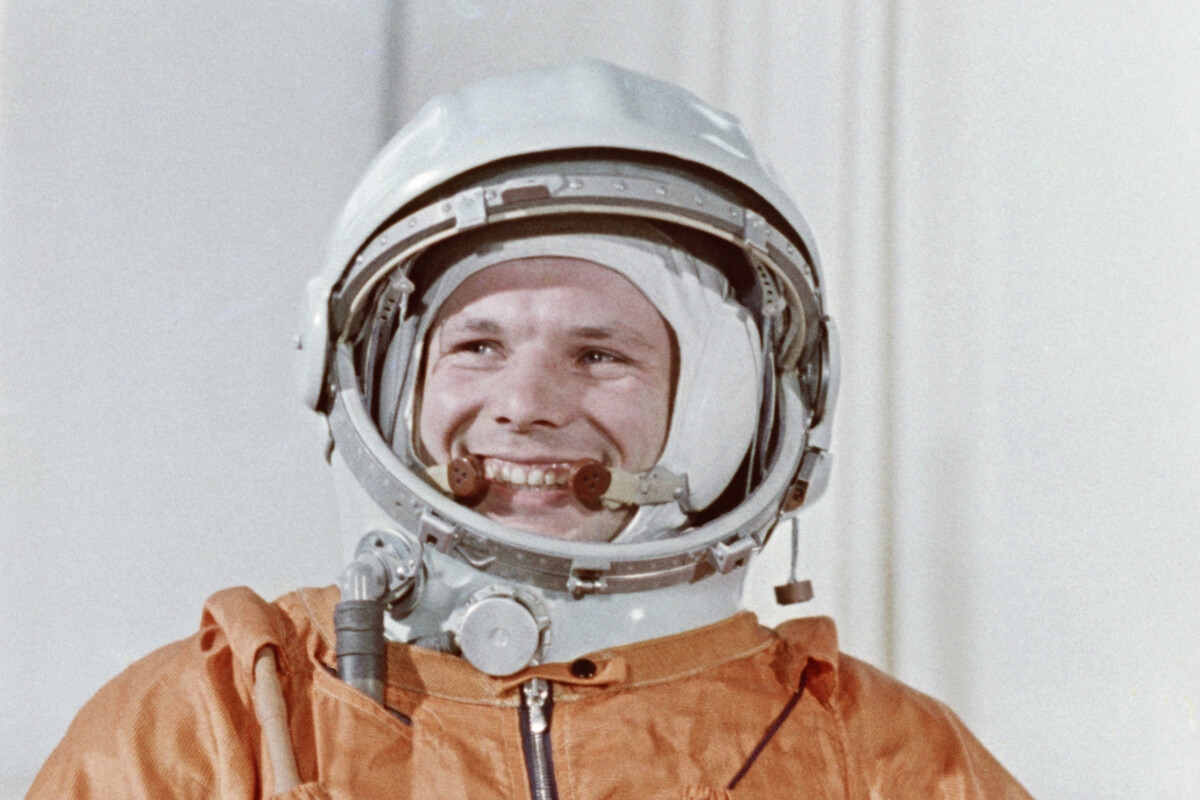
The first cosmonaut of the Earth Yuri Gagarin, 1961
TASSFrom the 1950s onwards the space race was something that millions of Soviet people took closely to their hearts. People cried with joy when the Soviet Union became the first country to send a man into space with Yuri Gagarina’s famous flight, as well as when astronaut Alexei Leonov conducted the first ever spacewalk and Valentina Tereshkova became the first woman in space.
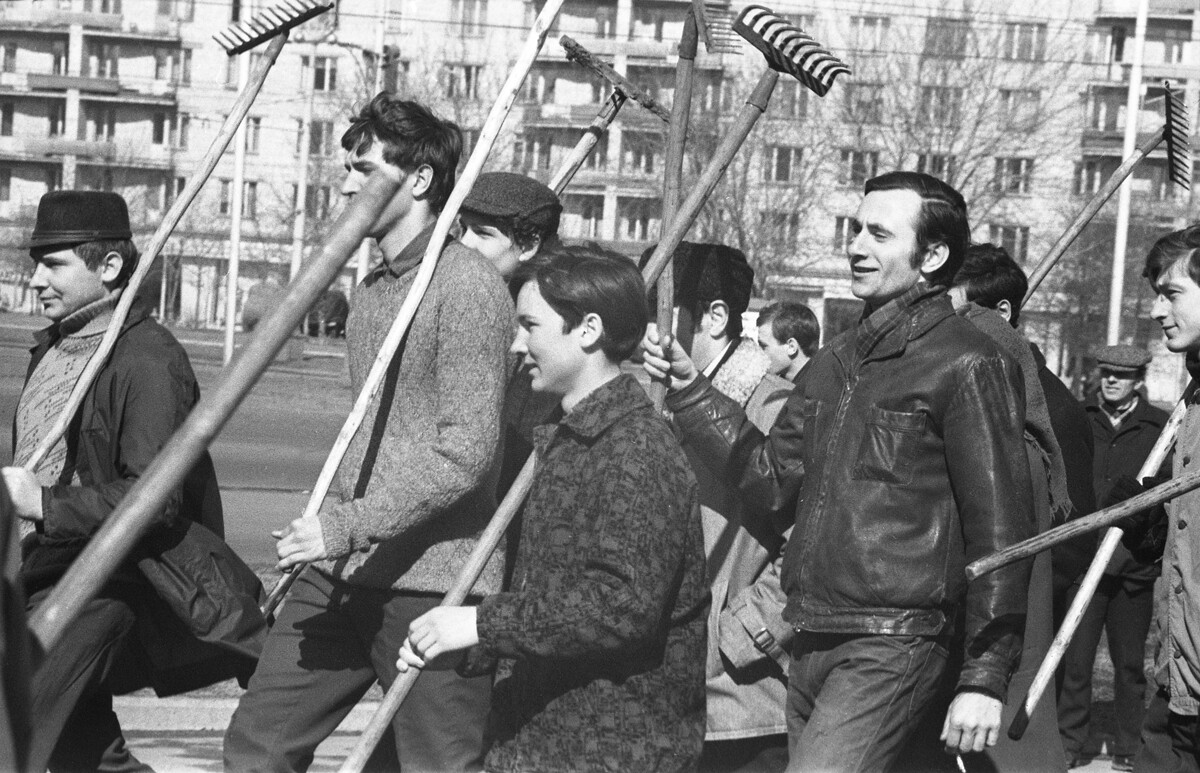
Every spring, nearly the entire population of the country went outside to do volunteer community services in areas near their apartment building, school or factory. This meant cleaning up leaves and garbage, painting fences, as well as repairing anything that was broken. Such days were called subbotniks because they were held on Saturdays (subbota in Russian). Initially such a form of community service was perceived with great enthusiasm because it was for the good of socialist society. Later on, subbotniks became mandatory and lost the aura of selfless volunteering.
Such soda machines could be found across the entire USSR, and often people queued in long lines to have a sip of this exotic gaseous drink. Curiously, everyone drank from the same glass that came with the machine, and this didn’t make anyone squeamish. Before drinking, you would first rinse it with water in a primitive glass-washing device that was built-in.

The Soviet Union struggled against a lot of things, but it had a fierce hatred of religion. With their goal to replace faith in God with faith in socialism, the Soviet state did everything possible to eliminate all elements and physical reminders of religion. In 1918, the Orthodox Church was “separated from the state” – marriages, births and deaths were no longer registered by Church bodies. And church buildings were transformed into warehouses, state institutions, and prisons; many of them were simply destroyed. Other major religions, such as Islam and Judaism, faced similar repression. Oddly enough, however, officially the USSR didn’t cancel religion.

Public canteens were a popular and colorful public institution of the Soviet era. They were originally opened across the country in order to relieve Soviet women from the burden of cooking so that they could focus on building socialism. Here you can read more about what Soviet people ate.
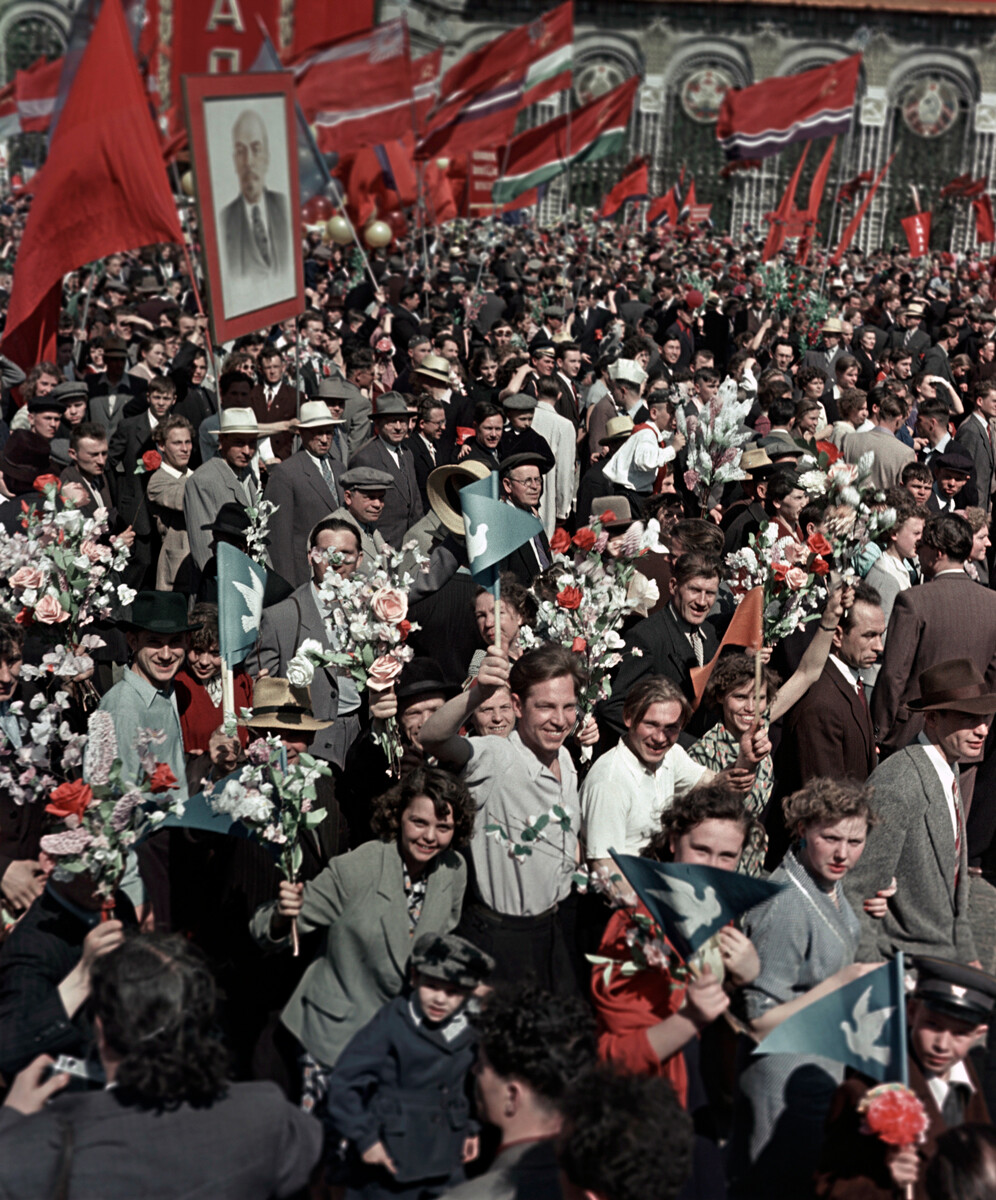
An annual parade in honor of Labor Day was held in Russia in the tsarist era, but when the Bolsheviks took power workers became the “ruling” social class and May 1 became a national holiday. It was compulsory to participate in the parade. Those who tried to avoid it raised suspicions of being an unreliable citizen.
Read more: How the Soviets celebrated Labor Day (PHOTOS)

The first Victory Day parade was held on Red Square right after the end of the war in 1945. The USSR lost almost 27 million of its citizens (this figure is often changing to this day). After that, the country faced a long and difficult road of recovery, which, according to experts, it couldn’t fully achieve after all.

In 1953, the country mourned the death of its leader, Joseph Stalin. Tens of thousands of people wanted to see the leader’s body, but the authorities weren’t able to organize a proper public funeral. This led to a stampede that killed many. To this day the estimations of how many people died that day vary from several dozens to several thousands.
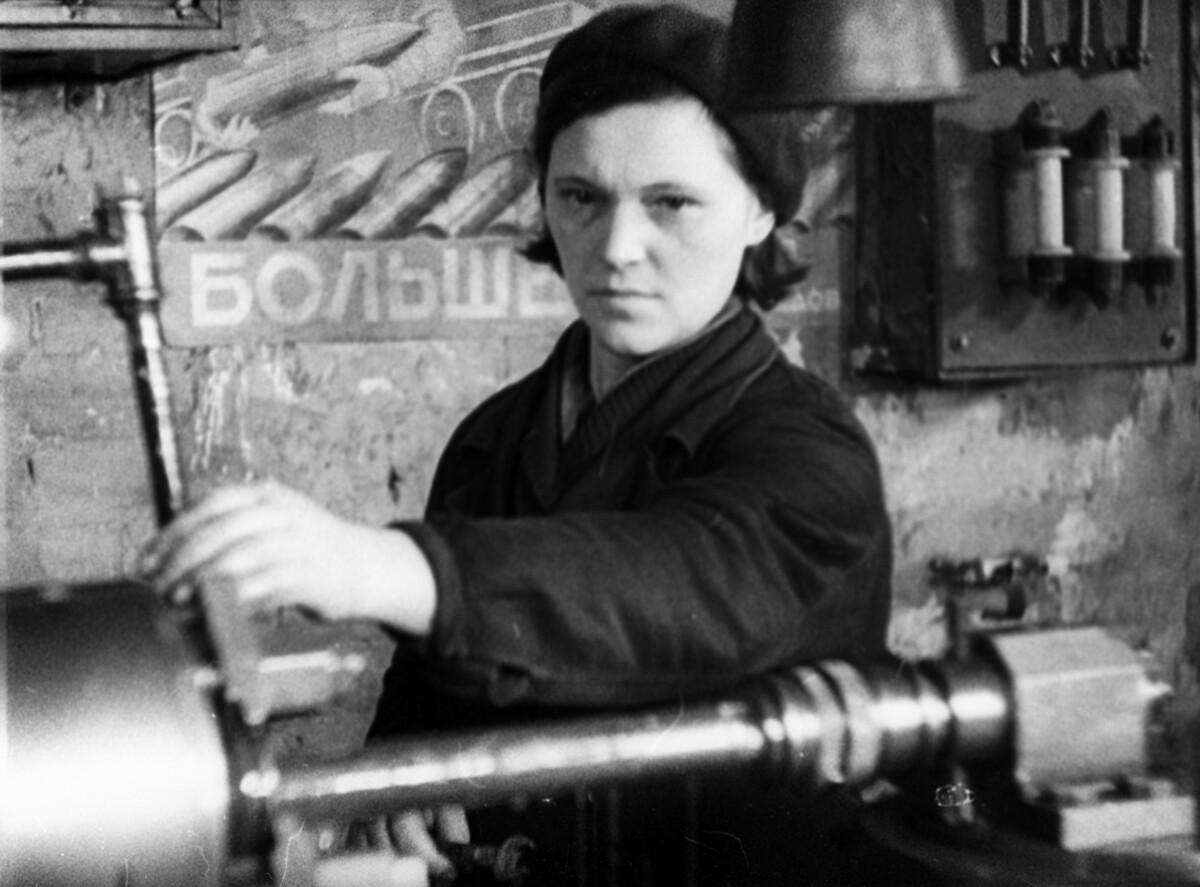
The USSR was a country that espoused gender equality. From the very moment of the founding of the Soviet state, the Bolsheviks gave equal rights to men and women as enshrined in law. Women gained the right to choose their occupation, place of living, the opportunity to get an education, to marry and divorce, and to have wages equal to men. Accordingly, they were treated equally: women performed heavy physical labor, operated machines, plowed fields and worked in mines.
When it came to buying a car or furniture, a Soviet citizen would often have to wait months and even years. Basic consumer goods, such as food and clothing, were also in short supply. Scarcity became something that Soviet people were used to. Standing in endless lines and having the skill of getting items from “under the counter” was almost regarded as a national sport.
Find out how people in the USSR got their hands on SCARCE goods (PHOTOS)
After a colossal number of people migrated to the cities, housing became a sore spot for the young country. It was solved only under Nikita Khrushchev, who ordered building up the entire country with similar five-story apartment blocks (they were dubbed khrushchyovkas). Most Soviet citizens lived in such a block of flats, or at least had relatives or friends who lived in one. Read more here about what a typical Soviet apartment looked like.
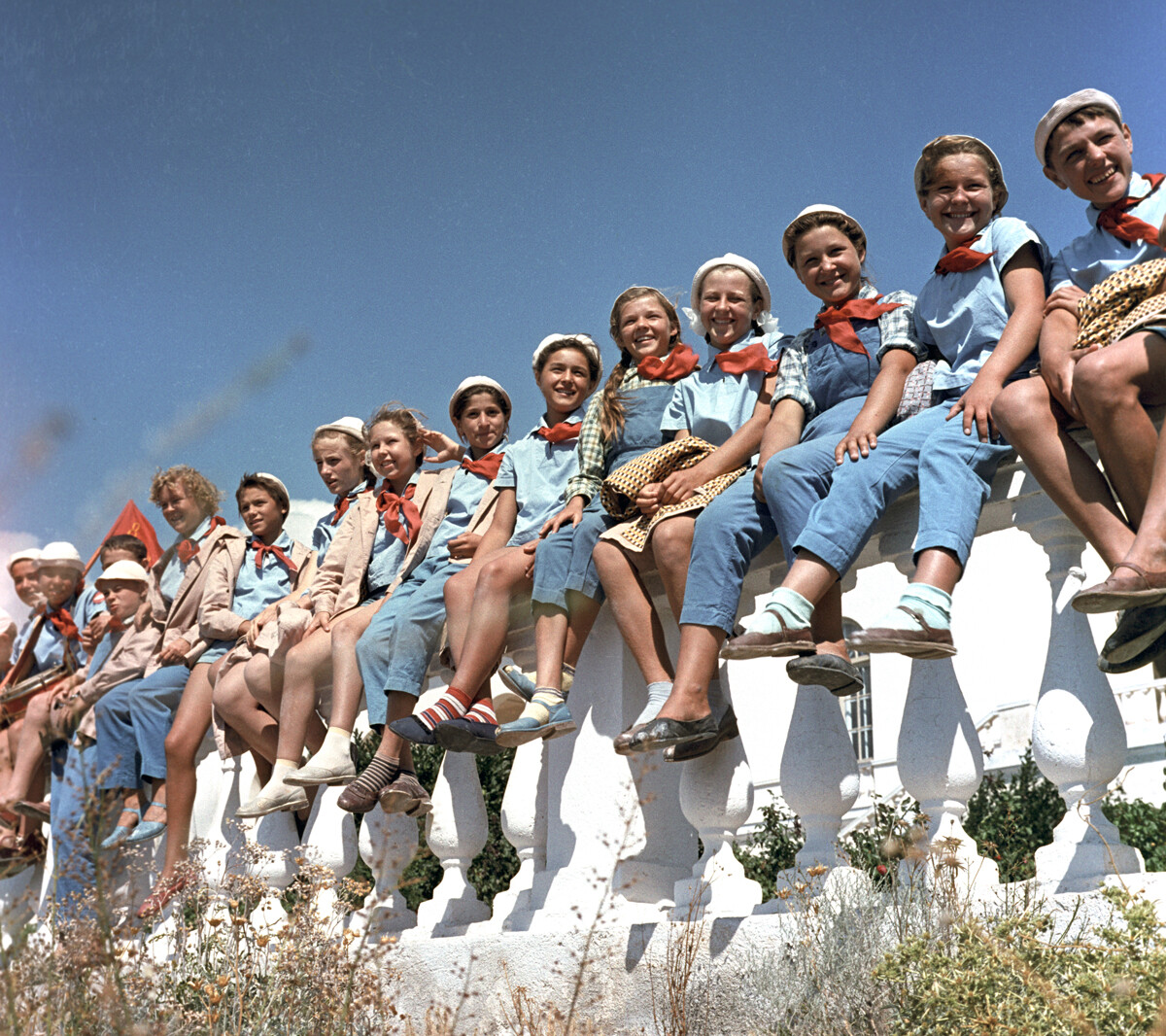
Children went to school at 6-7 years old and entered the Young Pioneers organization at the age of 9. Being a pioneer was a great honor, but almost every child joined the Pioneers, though there were rare exceptions. During summer breaks children went to camps for Young Pioneers. Those who were exemplary pioneers – from the standpoint of the communist system – had the chance to go to Artek, the most prestigious and famous camp in Crimea.
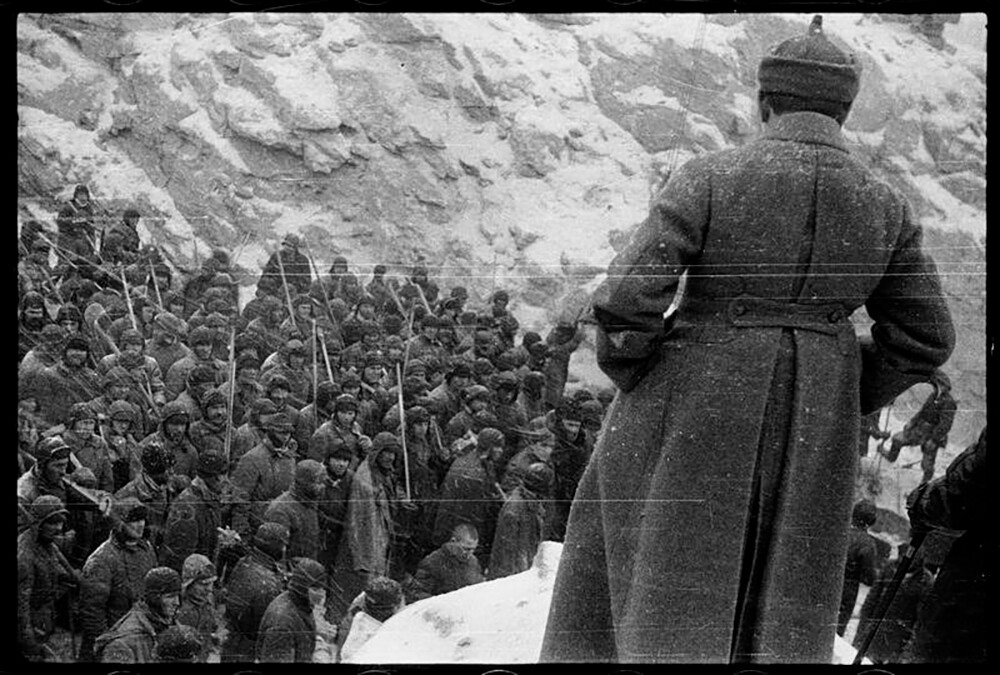
Prisoners at the construction of the White Sea-Baltic Canal, 1933
Alexander Rodchenko / MAMM / MDF / Russia in photoFrom the Arctic Circle to Kazakhstan, in the wilds of the taiga and in the Far East – the GULAG prison system spanned the entire USSR and included more than 30,000 settlements of detention. Millions of people served their sentences there, and many never returned home.
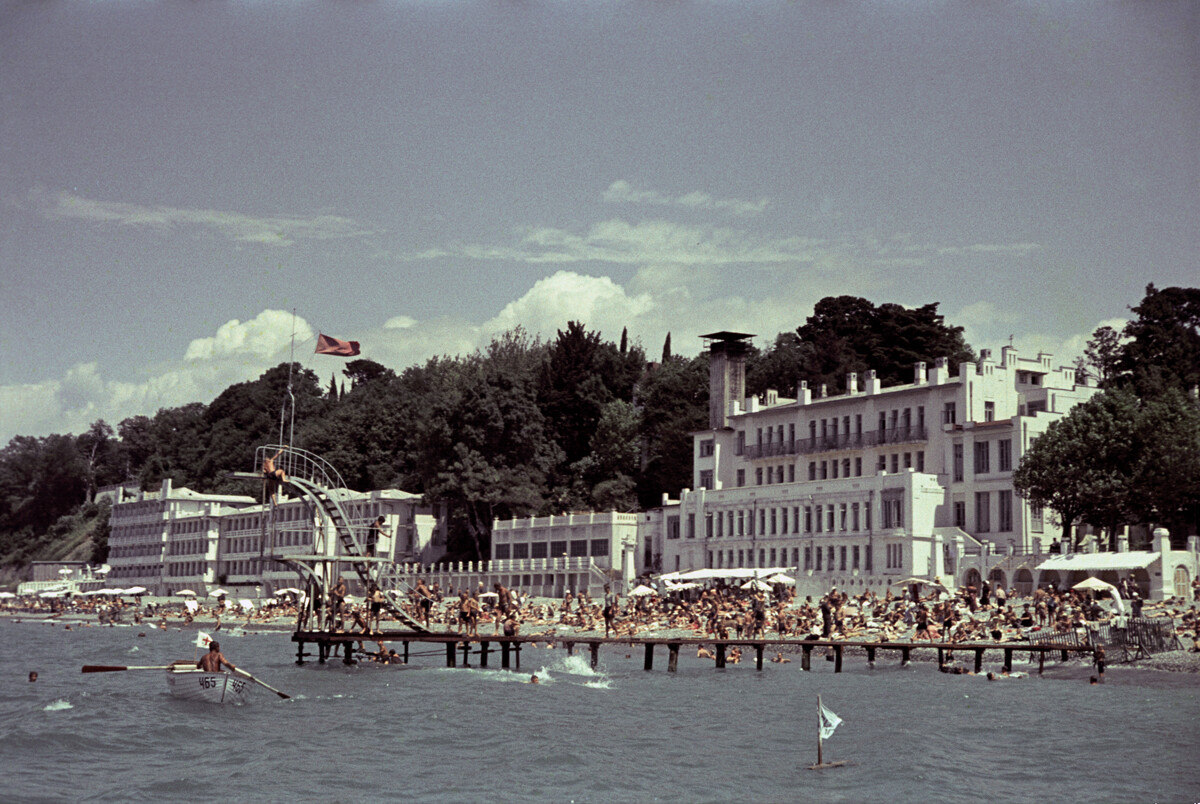
This was the dream of every worker, who officially had 28 days off but not always the opportunity to spend that time at the seaside. Soviet resorts and sanatoriums had about 850,000 rooms, and only less than 1% of people from a country with a population of 287 million (in 1990) could bask in the sun.

During the Cold War, Western music – such as boogie-woogie, rock’n’roll, and jazz – had a semi-legal status in the USSR. Such records couldn’t be simply bought in a store. However, Soviet people, craving to have their place in the world’s cultural context, invented their own way of listening to Elvis Presley – they produced, recorded and distributed songs on old x-rays.
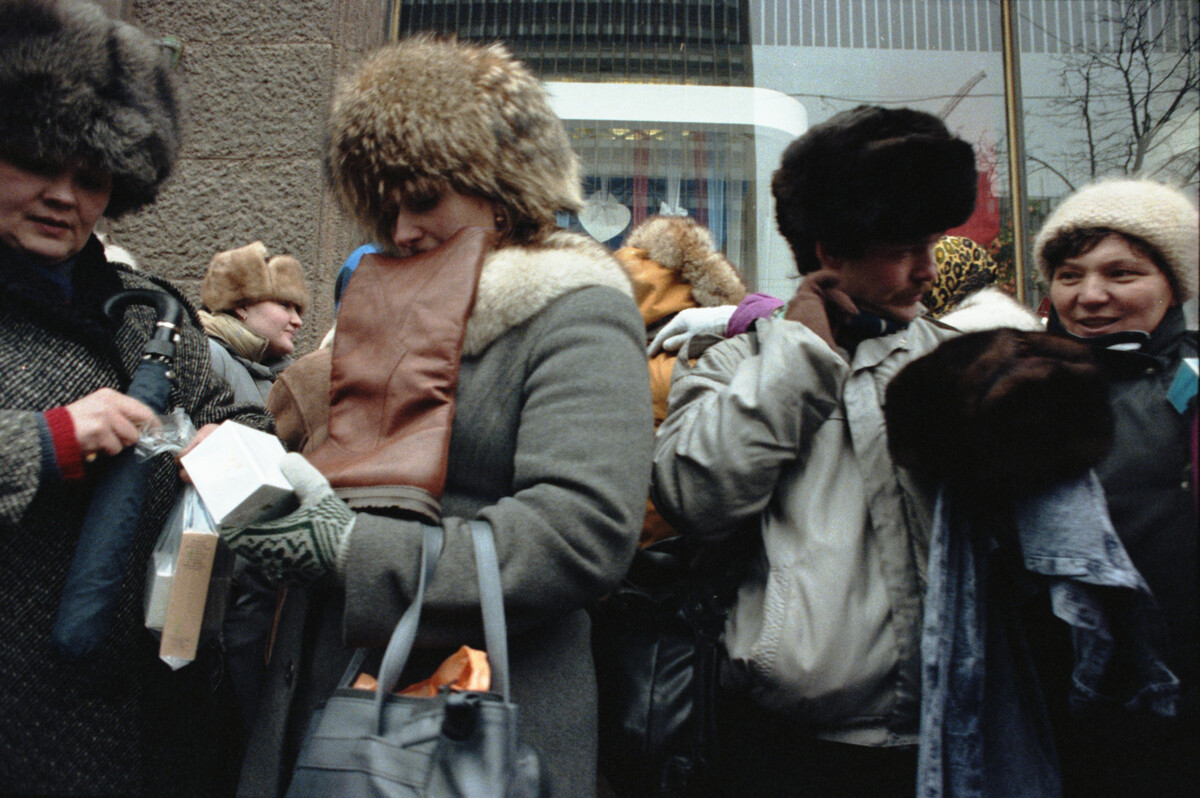
The Iron Curtain shielded the Soviet population from the “rotten” capitalist world, but some people somehow managed to obtain their first pair of American jeans, a pack of cigarettesand perhaps even a record of the music group The Doors despite the barriers between countries. Since it was impossible to buy such goods at a store, one had to go to the black market, and if you could find them then you had to buy the coveted items from clever guys known as fartsovschiks.

“The old system collapsed before the new one had time to begin functioning, and the crisis in society became even more acute,” Mikhail Gorbachev, the first and last president of the USSR, explained the dissolution of the Soviet Union in his speech to the people on December 25, 1991. According to experts, there were many more reasons for that, about which you can read here.
If using any of Russia Beyond's content, partly or in full, always provide an active hyperlink to the original material.
Subscribe
to our newsletter!
Get the week's best stories straight to your inbox